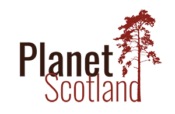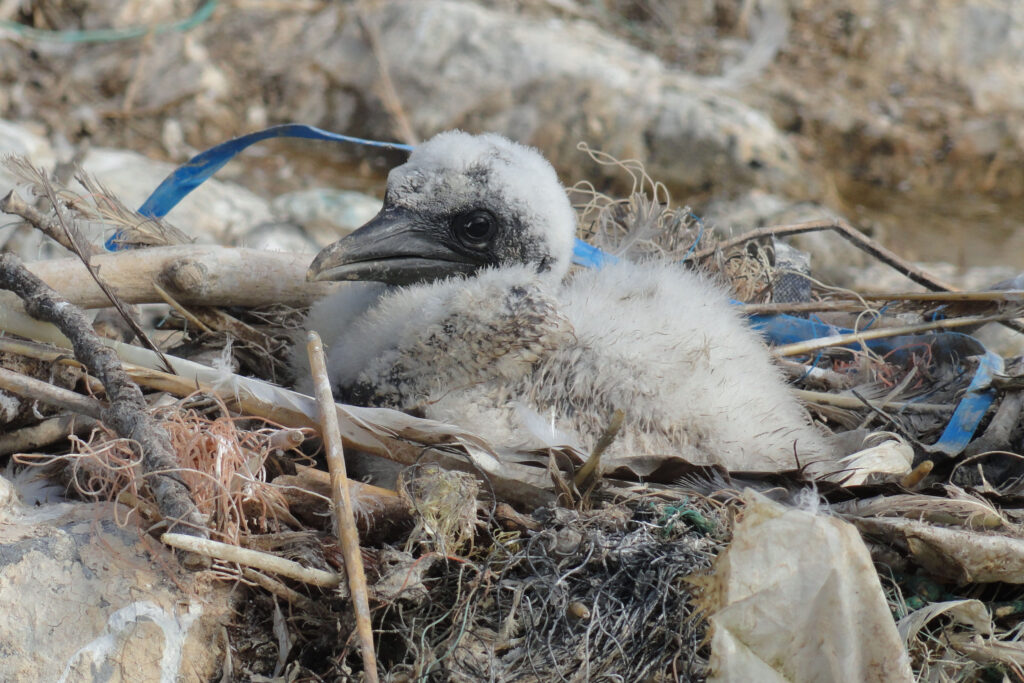NEW research by experts based in the Highlands has revealed that as many as three quarters of all seabirds living in the north Atlantic may have ingested some form of plastics.
Data on 34 species carried out by a team based in Thurso showed that 74 percent of them had plastics in their system.
The joint study – by scientists at North Highland College UHI’s Environmental Research Institute and the RSPB Centre for Conservation Science – focused on birds in the northeastern Atlantic region.
The paper, published in the journal Environmental Pollution, looked at seabirds in northern Europe, Scandinavia, Russia, Greenland, Svalbard, the Faroes and Iceland.
Dr Nina O’Hanlon, a seabird ecologist at the Thurso-based Environmental Research Institute, explained the research was only a first glimpse into how far ranging the problems could be.
She said: “In the northeastern Atlantic Ocean, an area of international importance for seabirds, there has been little effort to better understand how marine plastic affects different seabird species over time and regionally.
“We actually know very little about the current prevalence of plastic ingestion and nest incorporation for many species, several, like the Long-tailed Duck and Atlantic Puffin, which are globally threatened.
“Only 49% of the 69 species which are commonly found in the region have been investigated for plastic ingestion.
“We believe it’s vital to have a multi-jurisdictional, coordinated and collaborative effort to gain a more comprehensive and current understanding of this important issue.”
She added: “Marine plastic pollution is an increasing and global environmental issue which poses a major threat to marine biodiversity.
“The production of plastic continues to rise with millions of tons entering the oceans each year.

“Seabirds can ingest plastic, become entangled in it or incorporate it into their nests, causing impacts which may have negative consequences on reproduction and survival.”
Dr Alex Bond, RSPB senior conservation scientist, insists the problem is only getting worse.
He said: “The northeastern Atlantic Ocean is home to internationally important breeding populations of seabirds and an amazing array of other marine life.
“Solutions to plastic pollution in the oceans require concerted action at its source on land – 80% of marine litter is thought to come from land – especially by producers and users.
“The properties which make plastics desirable are the very things which make it problematic.”
“Due to its low cost, approximately half of all plastic items are produced for single-use.
“Plastic never breaks down, it only breaks up, into smaller fragments which remain in the environment and, as its density varies, it can be found throughout the water column, increasing the number of species which come into contact with it.”
The group’s research was undertaken as part of Circular Ocean, a project funded by the EU’s Northern Periphery and Arctic Programme.
Want to learn more? Read: Circular Ocean Northern Periphery and Arctic Region
Image Credits: University of the Highlands and Islands


Pingback: May fails to follow Scotland’s lead in fight against plastics as Greenpeace hit out – Planet Scotland